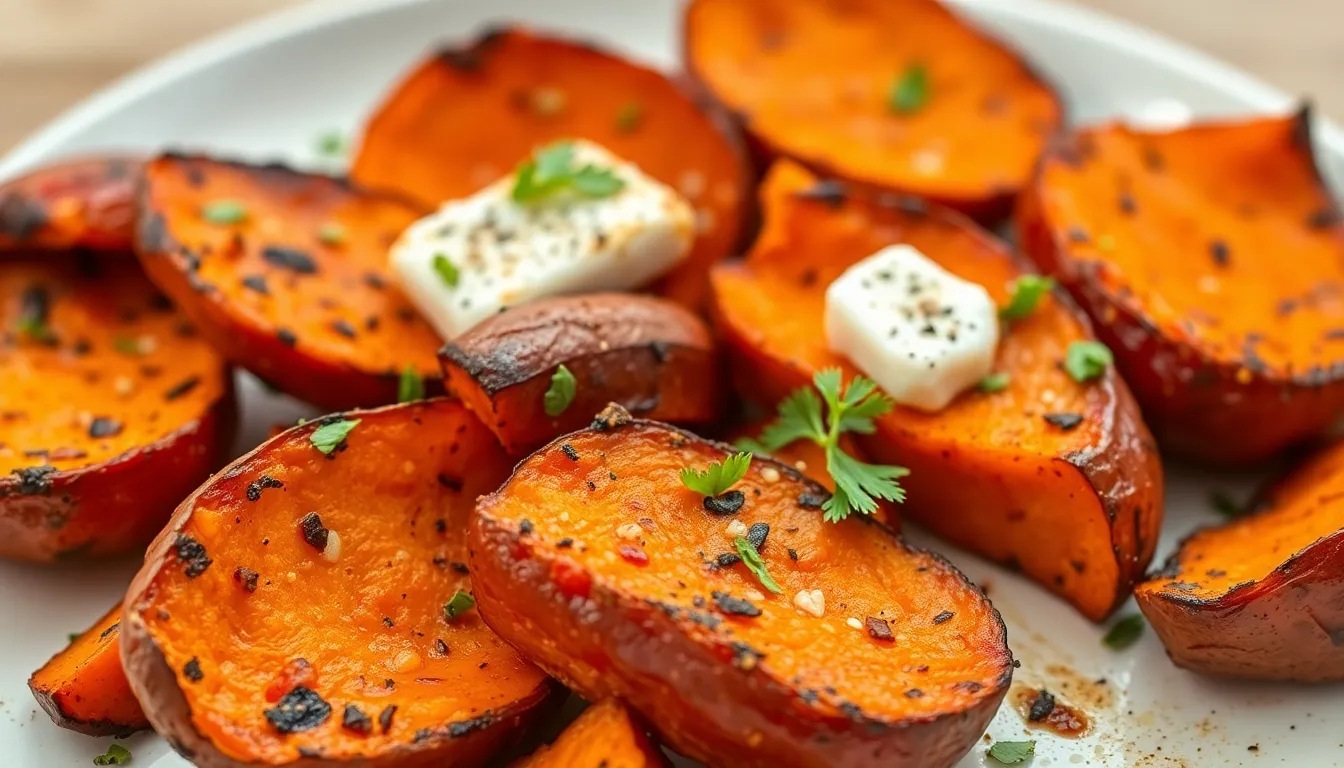Dehydrating for a Healthy Lifestyle: Recipes to Try
Introduction
Dehydrating foods is one of the most effective ways to preserve the nutritional value of fruits, vegetables, and herbs while extending their shelf life. This age-old technique has been utilized for centuries, allowing civilizations to stockpile food for leaner times. By removing moisture from food, we not only enhance flavors but also make way for convenient cooking, snacking, and meal preparation.
Incorporating dehydrated foods into your diet perfectly aligns with a healthy lifestyle, allowing you to indulge in nutritious snacks without the preservatives found in many commercial options. Let’s dive deeper into the art of dehydrating and discover the many ways it can benefit your health.
Section 1: The Basics of Dehydrating
1.1 What is Dehydrating?
Dehydrating is the process of removing moisture from food in order to inhibit the growth of bacteria, yeast, and mold. By using controlled heat and airflow, the food retains its structure while extending its storage life. This method was historically significant, dating back to ancient times when fruits and meats were dried for long voyages and harsh winters.
1.2 Benefits of Dehydrating Foods
- Nutritional Advantages: Dehydrating helps to preserve vitamins and minerals, making it an excellent way to maintain the nutrients found in fresh produce.
- Environmental Impact: Dehydrating reduces food waste by enabling you to preserve surplus fruits and vegetables that might otherwise spoil.
- Cost-Effectiveness: Buying seasonal produce in bulk and dehydrating them can save money while providing healthy snacks year-round.
1.3 Common Methods of Dehydrating
- Air Drying: Utilizes the sun or wind to remove moisture. It’s energy-efficient but requires a dry climate.
- Oven Drying: Uses a conventional oven to dehydrate food. This method is convenient but can be less energy-efficient.
- Food Dehydrators: Specialized appliances designed for dehydrating food. They provide consistent temperature and airflow, which can yield better results.
Section 2: Essential Tools and Equipment
2.1 Recommended Dehydrators
| Model | Features | Pros | Cons |
|---|---|---|---|
| Excalibur 3926TB | 9 trays, adjustable thermostat | Excellent airflow, large capacity | Higher price point |
| Nesco FD-75A Snackmaster Pro | 5 trays, top-mounted fan | Affordable, compact | Limited capacity |
| Cosori Food Dehydrator | 6 trays, digital display | Easy to use, quiet operation | Smaller capacity compared to Excalibur |
2.2 Other Tools You Might Need
- Cutting boards
- Knives
- Storage containers (preferably glass or vacuum-sealed bags)
- Labels for organization
Section 3: Tips for Successful Dehydrating
3.1 Preparing Foods for Dehydration
Before you start dehydrating, it’s essential to prepare your foods properly. Cleaning, cutting, and blanching are key steps:
- Washing: Rinse fruits and vegetables thoroughly to remove any dirt or pesticides.
- Cutting: Slice foods into uniform pieces to ensure even drying.
- Blanching: Briefly boiling vegetables before dehydrating helps to preserve color, flavor, and nutrients.
3.2 Optimal Temperature and Time Guidelines
Understanding the ideal temperature and drying times for various foods will yield the best results. Below is a comprehensive guide:
| Food Item | Temperature (°F) | Time (Hours) |
|---|---|---|
| Apples | 135 | 6-8 |
| Carrots | 125 | 8-10 |
| Mushrooms | 145 | 6-8 |
| Tomatoes | 135 | 6-10 |
Section 4: Delicious Dehydrated Recipes to Try
4.1 Dehydrated Fruits
4.1.1 Recipe: Cinnamon Apple Chips
Ingredients:
- 4 medium apples (any variety)
- 1 tablespoon cinnamon
- 1 tablespoon sugar (optional)
Instructions:
- Preheat the dehydrator to 135°F.
- Core and slice the apples into thin rounds.
- In a bowl, mix cinnamon and sugar (if using).
- Toss the apple slices in the mixture until evenly coated.
- Arrange the apple slices in a single layer on dehydrator trays.
- Dehydrate for 6-8 hours or until crispy.
- Store in an airtight container.
4.1.2 Recipe: Tropical Fruit Mix
Ingredients:
- 1 cup pineapple, diced
- 1 cup mango, diced
- 1 cup banana, sliced
- Juice of 1 lime
Instructions:
- Preheat the dehydrator to 135°F.
- Coat the banana slices in lime juice to prevent browning.
- Arrange the pineapple, mango, and banana slices on the dehydrator trays.
- Dehydrate for 8-10 hours until completely dry.
- Mix the dried fruits together and store in an airtight container.
4.2 Dehydrated Vegetables
4.2.1 Recipe: Vegetable Medley Snacks
Ingredients:
- 1 cup bell peppers, sliced
- 1 cup zucchini, sliced
- 1 cup cherry tomatoes, halved
- 1 tablespoon Italian seasoning
Instructions:
- Preheat the dehydrator to 125°F.
- In a bowl, mix all the vegetables and sprinkle with Italian seasoning.
- Spread the vegetable mixture on the dehydrator trays in a single layer.
- Dehydrate for 8-10 hours or until all vegetables are crisp.
- Store in an airtight container for a delicious snack.
4.2.2 Recipe: Dehydrated Zucchini Chips
Ingredients:
- 2 medium zucchinis
- 1 tablespoon olive oil
- 1 teaspoon garlic powder
- Salt to taste
Instructions:
- Preheat the dehydrator to 135°F.
- Slice zucchinis into thin rounds.
- In a bowl, toss zucchini slices with olive oil, garlic powder, and salt.
- Arrange the zucchini slices on the dehydrator trays.
- Dehydrate for 6-8 hours until crispy.
- Cool and store in an airtight container.
Conclusion
Dehydrating foods is not only an ancient preservation method but also a modern-day solution to incorporate healthy snacks into your lifestyle. Whether you’re enjoying cinnamon apple chips or a vegetable medley, you’re not only savoring delicious flavors but also reaping the health benefits associated with nutrient preservation. With the right tools, techniques, and recipes, dehydrating at home can become an enjoyable and fulfilling extension of your culinary adventures. So, grab your dehydrator and start creating your own healthy snacks today!




